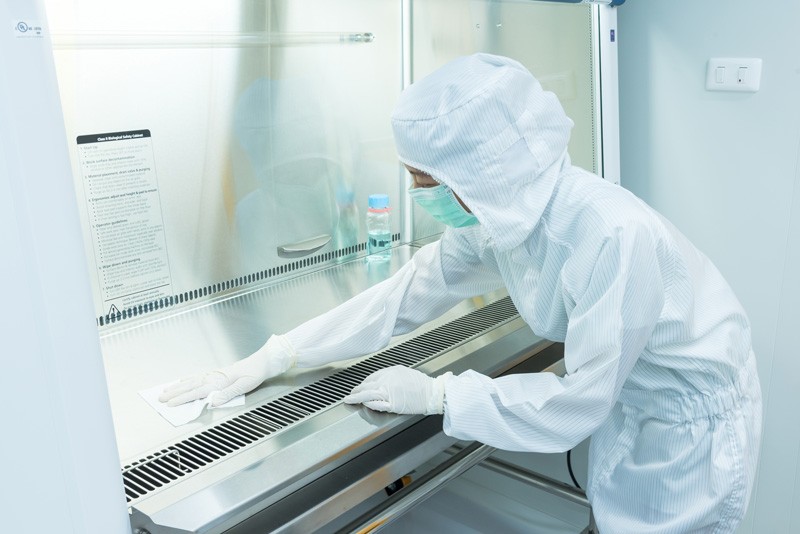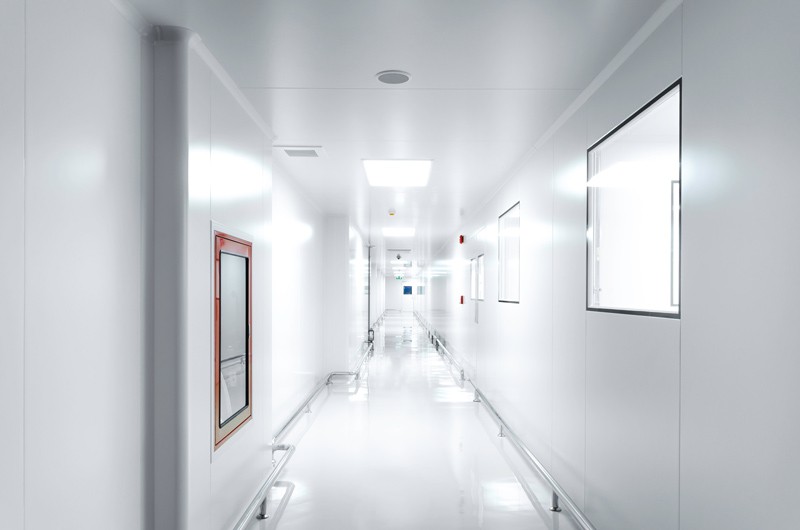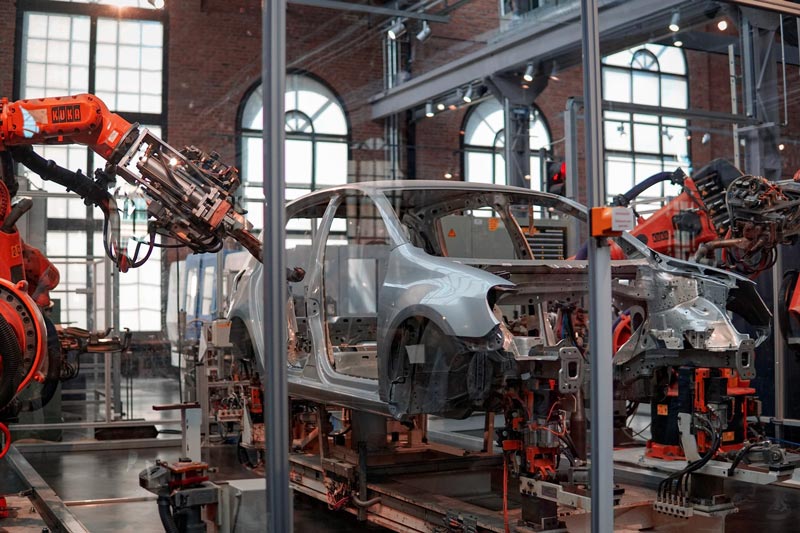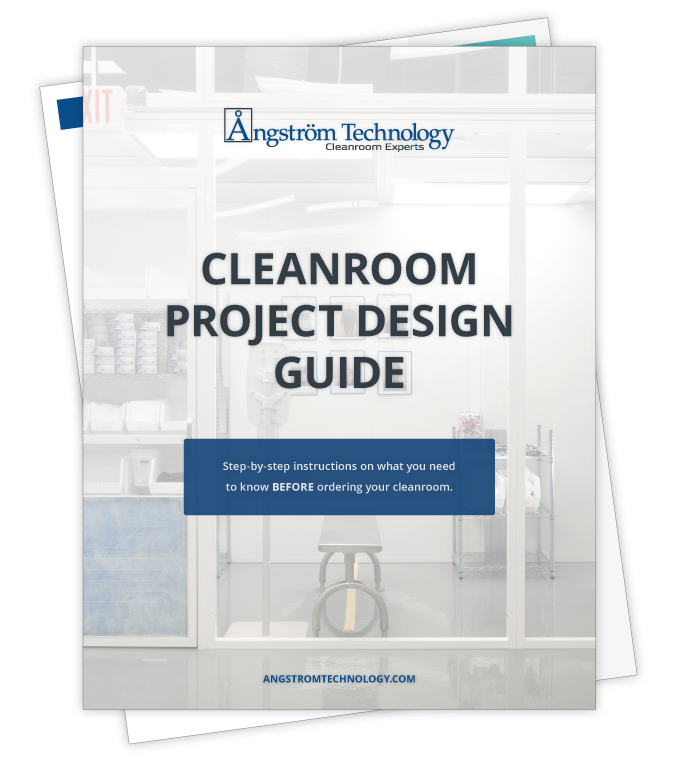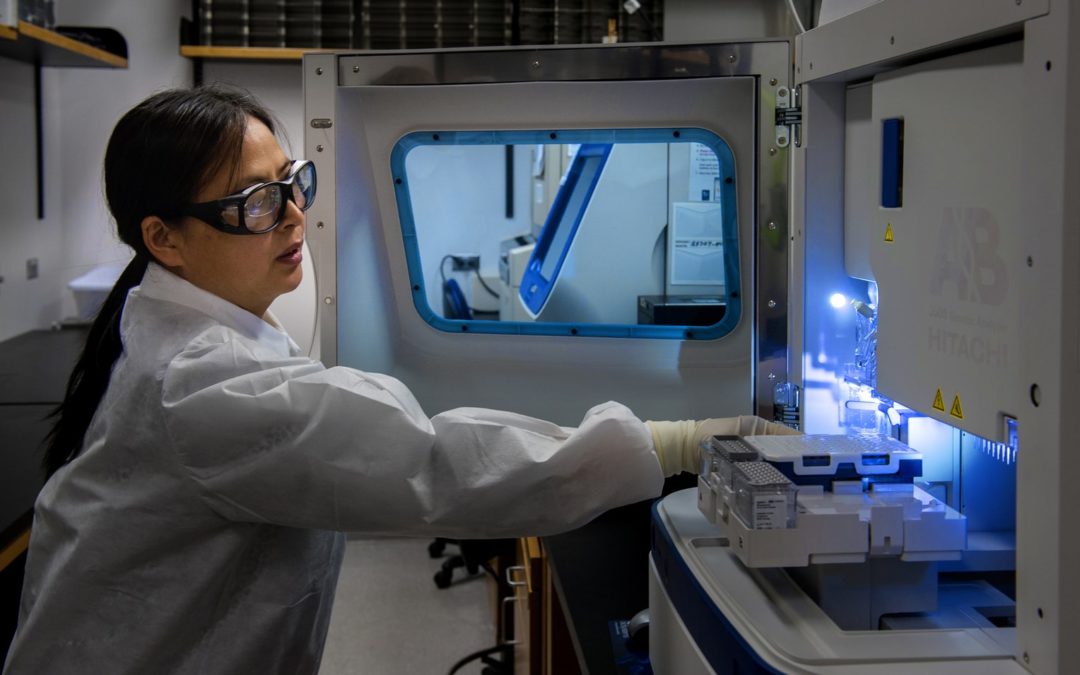
Understanding Cleanroom Costs by Type
If your facility needs a controlled space for one or more of its operations, you may be looking into purchasing a cleanroom. However, while doing your research, you may find yourself stuck on which type of cleanroom is the best investment for you: SoftWall, HardWall, or RigidWall?
Each of these cleanroom types has different characteristics and advantages, which naturally means that each of them are sold at different price points. In this article, we’ll explore the relative costs of these types of cleanrooms, as well as the value that each can bring to your facility.
SoftWall Cleanrooms – $
Generally, SoftWall cleanrooms are the most affordable cleanroom option. The low price point reflects their simple design and minimal use of materials.
However, just because SoftWall cleanrooms are the most affordable doesn’t mean that they lack quality. Their lightweight, powder-baked enamel framework and clear vinyl sheeting offers simple installation, maintenance, and customization to best fit the needs of your facility. Also capable of meeting cleanroom classification standards for ISO Class 4-8 and Federal 209E Class 10-100,000, SoftWall cleanrooms work great for many applications.
SoftWall cleanrooms are ideal for facilities that need to meet some classification and standards requirements, but don’t quite need to meet the highest standards or a tight temperature and humidity specification. As an affordable option that’s easy to assemble, maintain, and reconfigure, they can bring great value to large applications and custom cleanroom applications.
HardWall Cleanrooms – $$$
HardWall cleanrooms are usually the most expensive type of cleanroom, for good reason. Their higher price tags are accompanied by superior cleanroom performance, capable of meeting even the most stringent cleanliness standards.
HardWall cleanrooms are made from solid materials like stainless steel, vinyl, plastic laminate, aluminum, and fiberglass-reinforced plastic. These solid materials make them an extremely secure, treated, and durable solution for facilities that need an ultra-controlled environment.
With the ability to meet ISO Class 1-8 and Federal 209E Class 1-100,000 standards, HardWall cleanrooms are worth the investment if your facility’s applications require an extensive amount of control over factors like contamination, humidity, temperature, static, and pressure. No other type of cleanroom will provide that level of protection.
RigidWall Cleanrooms – $$$
RigidWall cleanrooms tend to fall in a similar price range as HardWall cleanrooms. They’re somewhat of a hybrid between the two types of cleanrooms previously mentioned. They have the same structural system as a SoftWall cleanroom, but instead of curtains, they use an extruded aluminum extrusion in conjunction with a 1/4 inch acrylic panel.
RigidWall cleanrooms can offer extreme versatility for a variety of applications. While they don’t offer quite as much stringency as a HardWall cleanroom, they do offer a good bit of control and provide a good show piece for potential customers. They offer contamination security to fit ISO Class 5-8 requirements and Federal 209E Class 100-100,000 requirements.
If your facility is looking for a cleanroom with good control, but also requires a certain level of aesthetics, a RigidWall cleanroom is a worthy investment for you. It’s a versatile solution with a structural system that can be adapted to fit the needs of your facility, and an environmental control factor that keeps your materials and operators safe — giving you some of the best of both worlds.
No matter what type of cleanroom you need, Angstrom Technology can help you design and install it to meet your classification and budget requirements. We’re experts in working with clients to find the solutions that best suit their facilities and applications. Reach out to our team to get started today.


